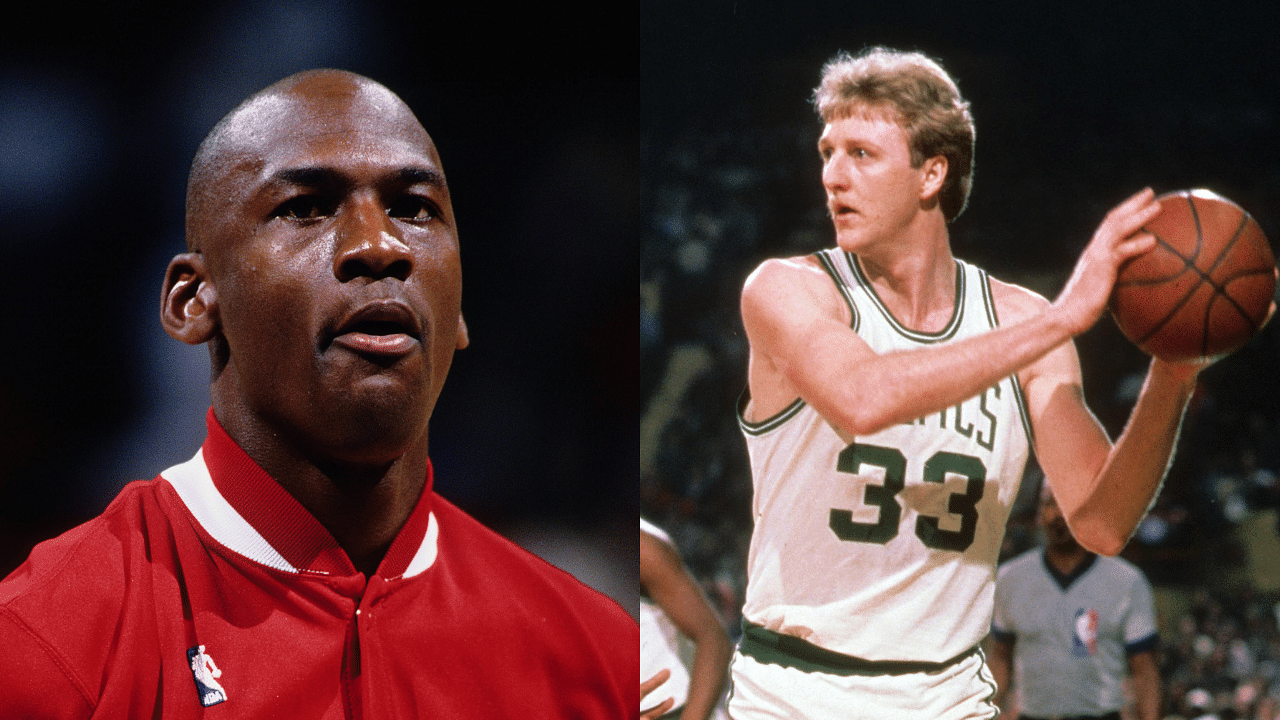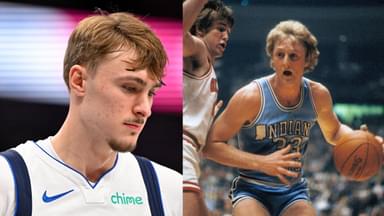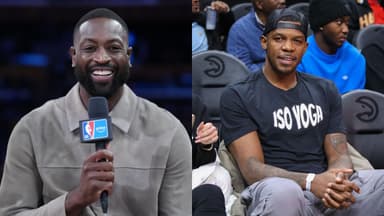Everybody in basketball knows that Nike rose to prominence because of the historic deal with Michael Jordan. Nike’s Air Jordan alone generated $150,000,000 profit for Nike in the first three years, all thanks to Sonny Vaccaro’s reliability and immense scouting skills in college basketball. However, many people might often fail to notice how Larry Bird also helped in generating revenue and increasing brand visibility for Nike. Although Larry Bird later signed with Converse, Sonny Vaccaro’s visionary approach in college basketball and with the coaches helped in achieving such visibility, as per the book Michael Jordan: The Life, by Roland Lazenby.
Advertisement
It was Sonny Vaccaro who had spotted the potential in Michael Jordan to give Nike the much-needed boost that it needed in basketball. Vaccaro and top Nike executive Rob Strasser were confident that Jordan would blow up to be one of the top stars in the coming years. This same belief in college athletes led to some much necessary visibility for Nike, even without signing any deal with the athletes. Here is how Vaccaro could achieve this back in that time.
Larry Bird played a major role in increasing Nike’s visibility before Air Jordans started making $150 million in three years
Lazenby mentions that Sonny Vaccaro constantly scouting college athletes and coaches to offer them cheques and free Nike shoes for the athletes. At that time, Nike’s Rob Strasser had enough faith in Vaccaro to pay him $500 monthly and deposit $30,000 in his bank to sign more coaches to Nike endorsement contracts. This approach even led to Larry Bird promoting Nike shoes for free.
It was in 1978 when a young Larry Bird from Indiana State appeared in Sports Illustrated donning Nike shoes. This majorly boosted Nike’s revenues and sales. Vaccaro’s visionary payola system had spread to even AAU basketball, with kids under 12 years of age feeling accomplished to wear Nike shoes.
After signing Jordan in 1984, the red and white Air Jordans designed in Bulls’ colors were banned by the NBA. Using those shoes on the court would attract a hefty fine of $5000 per game. Nike agreed to pay that fine for every game and capitalized on that negative publicity. As Lazenby writes about this in the book, he notes,
“Jordan’s early play, along with the ban and subsequent marketing, sent sales soaring. Nike would ring up an astounding $150 million in Air Jordan sales over the first three years, which in turn brought Jordan the first wave of profound personal wealth.”
The shoe sold more than 50,000 pairs and earned over $150,000,000 in sales within the first three years.
Sonny Vaccaro’s visionary approach led to Nike signing athletes such as Michael Jordan
Sonny Vaccaro knew and understood basketball like no one else at Nike’s Oregon headquarters. During college, he even created an All-Star league for high-school basketball, which became a top scouting ground for the coaches. Similarly, he knew the right approach for Nike to break into basketball, which very well worked in his favor.
If Vaccaro had never understood the intricacies of basketball right from its grassroots, it would have been impossible for Nike to find a talent like Michael Jordan. Although Nike had to face competition with Adidas and Converse to sign MJ, the others weren’t as persistent as the Oregon-based company to sign Jordan. A company worth just $25 million at the end of the 1970s, shot up to be worth billions by the mid-1980s. All these, because Sonny Vaccaro’s scouting and the deal with Jordan paid off.








